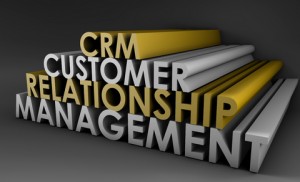Lead Liaison Provides a Marketing Spark in its Marketing Automation Platform
Allen, TX (PRWEB) September 1, 2013 – Lead Liaison announced the release of another upgrade to its Lead Management Automation™ (LMA) platform. A new feature, called Sparks, is the latest in a series of upgrades released throughout 2013 in their marketing automation platform.
Sparks function as an automated response mechanism that triggers a series of actions following certain types of engagements. Examples of activities that can be assigned as triggers include an email click-through by a prospect, a website visit following an organic search, and a response to a Send and Track email.
Once a lead has initiated an engagement, Sparks can deliver an email or other marketing asset and immediately assign the lead to an owner based upon the style of lead distribution deployed by the Lead Liaison customer. The platform enhancement allows sales teams to quickly absorb the lead and respond immediately to the inquiry.
B2B marketers using the LMA can easily define what actions will trigger a spark, which activities will be automatically deployed, and schedule delivery of marketing messages in a few easy steps. The system allows multiple actions based upon only one trigger, and users can deploy assets from existing marketing campaigns or assign specific assets to be delivered based a lead’s digital activity.
For a preview Lead Liaison’s new Sparks feature or any of the 50+ integrated marketing automation and lead management functions, request a 10-minute demonstration of the Lead Management Automation platform.
****
Lead Liaison is an application development company that designs, develops, and sells cloud-based marketing and sales automation software. The company markets to small and medium-sized businesses worldwide, and focuses on creating the broadest and most user-friendly revenue generation software platform. Applications cover all phases of lead management automation including sales prospecting, lead generation, and marketing automation functions that directly influence revenue generation. It’s innovative and robust lead management platform combines unparalleled sales prospecting, lead capture, real-time lead tracking, lead qualification, lead distribution, database segmentation, lead nurturing and ROI reporting. The Software as a Service (SaaS) model delivers an effective user experience and integrated cloud computing capabilities.
For More Information:
Alex Brown
VP, Corporate Communications
abrown(at)leadliaison(dot)com
888.895.3237 (888 89 LEADS)












